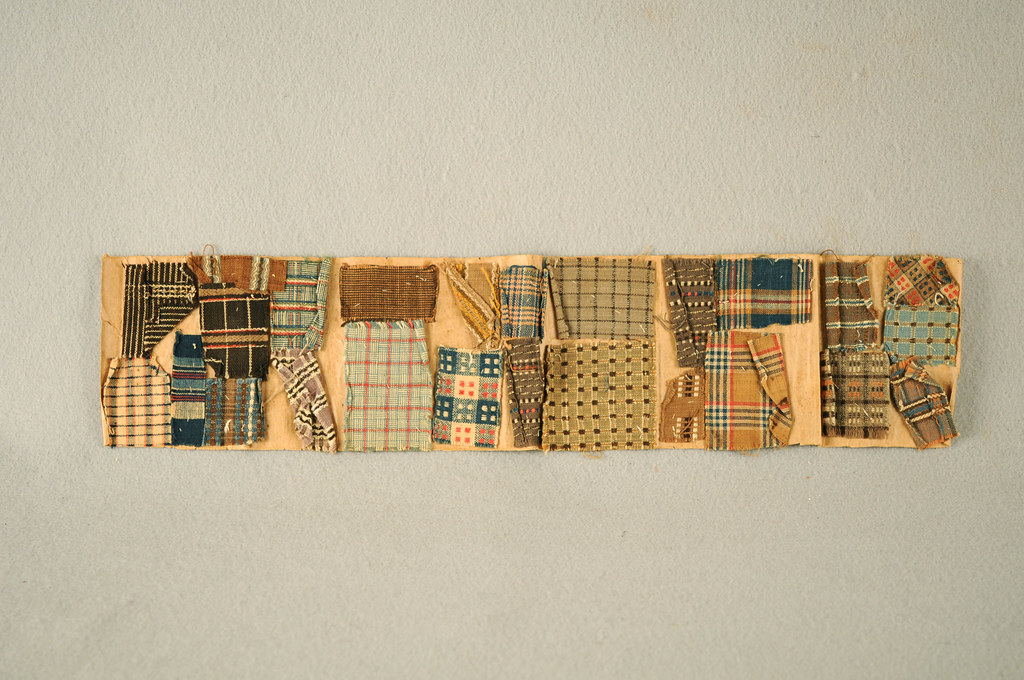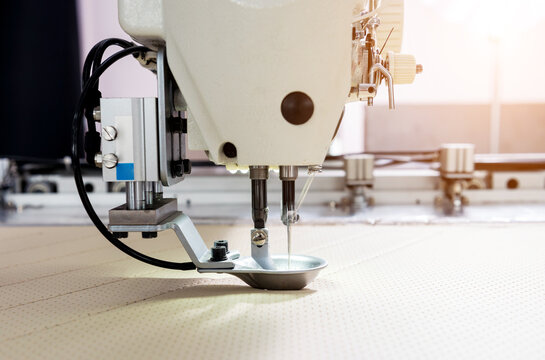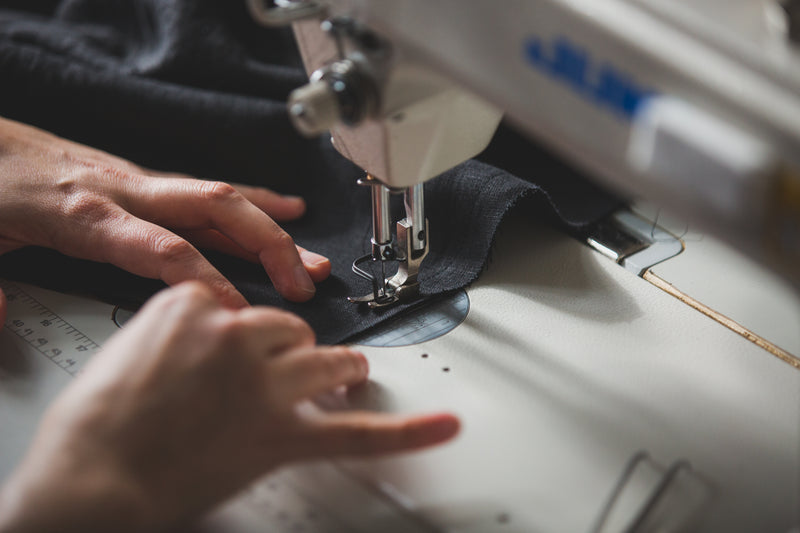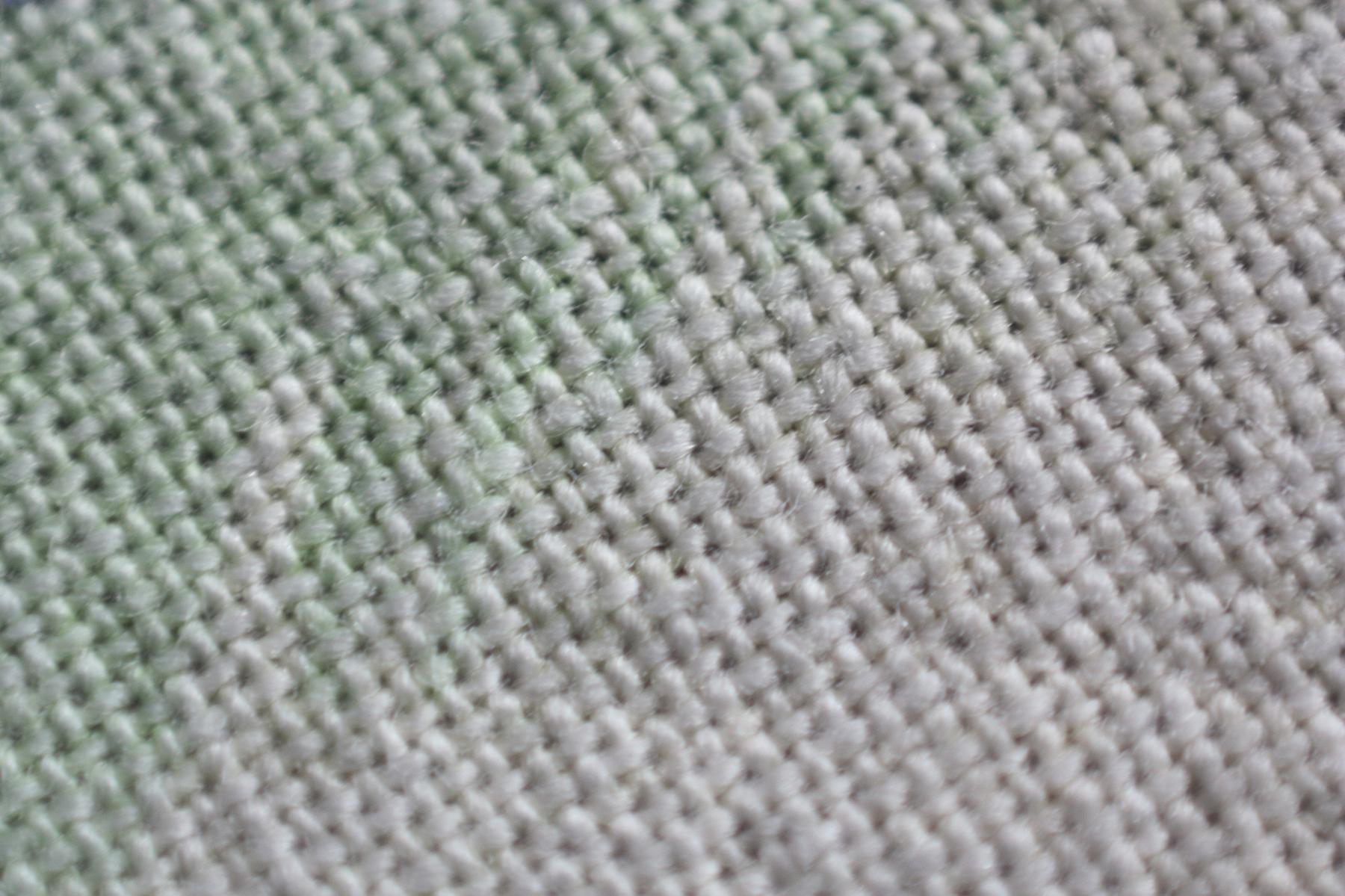As an interior designer, you are likely aware of the importance of sustainability in your industry. From sourcing materials to designing spaces that promote eco-friendliness, there are many ways to incorporate sustainable practices into your work. However, when it comes to textiles, there may be some confusion around what makes a material truly sustainable. In this guide, we will explore the world of sustainable textiles and offer tips for incorporating them into your interior design projects. So if you’re looking to make a positive impact on both the environment and your clients’ homes or businesses, keep reading!

Understanding Textile Sustainability: A Comprehensive Overview for Interior Designers
Textile sustainability is a critical aspect of interior design that every designer should be aware of. It refers to the responsible use of resources and production processes that minimize the environmental impact of textile production. This includes the use of eco-friendly materials and practices, such as organic cotton, bamboo, and recycled polyester. Sustainable textile production also involves reducing waste and pollution by implementing efficient water and energy management systems. Interior designers who prioritize textile sustainability can create beautiful designs that not only look good but also promote a healthier planet. By choosing sustainable textiles, designers can help reduce the carbon footprint of their projects while supporting ethical manufacturing practices. Understanding textile sustainability is crucial for designers who want to create spaces that are not only aesthetically pleasing but also environmentally responsible.
Why Textile Sustainability Matters for Your Interior Design Projects
Textile sustainability should be a top priority for any interior designer. Not only is it important to consider the environmental impact of our design choices, but sustainable textiles also offer numerous benefits. By using sustainable fabrics, you can ensure that your designs are socially responsible, durable and long-lasting while minimizing waste and reducing your carbon footprint. Additionally, choosing eco-friendly textiles can help improve indoor air quality by reducing chemical exposure. Sustainable textiles come in a range of materials from organic cotton to bamboo and recycled polyester so there is no compromise on style or quality when making eco-conscious decisions. Incorporating sustainable textile practices into your projects will not only benefit the environment but it will also be a selling point for clients who value environmentally conscious design choices.

Top Sustainable Textile Materials to Use in Your Designs
Sustainable Textile Materials are becoming increasingly popular in the interior design industry. Designers are opting for materials that are environmentally friendly and have a lower impact on the planet. Some of the top sustainable textile materials include organic cotton, linen, hemp, and bamboo. These materials are grown without the use of harmful pesticides and chemicals, making them safer for the environment and for those who work with them.
Another popular sustainable material is recycled polyester, which is made from recycled plastic bottles. This material has a lower carbon footprint than traditional polyester and reduces waste in landfills. Wool is also a sustainable option as it is biodegradable and renewable.
When choosing sustainable textile materials, it’s important to consider their durability and longevity. High-quality materials that last longer can reduce the need for frequent replacements, which ultimately reduces waste. Additionally, choosing locally sourced materials can also reduce transportation emissions and support local communities. By incorporating sustainable textiles into your designs, you can create beautiful spaces while also making a positive impact on the environment.

Eco-friendly Dyes and Practices for Sustainable Fabric Production
Eco-friendly dyes and practices are key components of sustainable fabric production. To avoid the harsh chemicals used in traditional dyeing processes, natural dyes made from plant extracts or minerals can be used. Additionally, low-impact synthetic dyes that require less water and energy have become more widely available.
Another important practice is reducing waste during production by using precise measurements to prevent excess dye or material usage. Water and energy conservation techniques such as recycling wastewater and using renewable energy sources also help minimize the environmental impact of textile manufacturing.
It’s important for interior designers to prioritize sustainable fabric production when choosing suppliers, ensuring they use these eco-friendly practices throughout their operations. By incorporating environmentally conscious textiles into your designs, you not only reduce harm on our planet but also support a growing demand for sustainable materials within the industry.
Upcycling and Repurposing Textiles: How to Incorporate Sustainability into Your Designs
The Art of Upcycling: Transforming Textile Waste into Beautiful Designs
Upcycling and repurposing textiles is a great way to incorporate textile sustainability into your interior design projects. The art of upcycling involves transforming textile waste into beautiful designs that can add unique character to any space. By using discarded materials such as old clothing, curtains, or bedding, you can create one-of-a-kind pieces that are both eco-friendly and stylish. Not only does upcycling reduce textile waste in landfills, but it also saves energy and resources that would have been used in the production of new textiles. Consider incorporating upcycled pieces such as patchwork quilts or repurposed drapes into your designs for a sustainable and creative touch.
Repurposing Textiles: Creative Ways to Give Old Fabrics New Life
Textile sustainability can be achieved not only by using eco-friendly materials and production methods but also by repurposing old fabrics. Interior designers can get creative with old textiles by using them in new and unexpected ways. For example, old curtains can be turned into throw pillows or table runners, while old t-shirts can be transformed into a unique wall hanging. Another idea is to use scraps of fabric to create a patchwork quilt or to reupholster furniture. By repurposing textiles, designers can reduce waste and give new life to old materials, all while adding a unique touch to their designs.
Eco-Friendly Design: Incorporating Sustainable Textiles into Your Interior Projects
Incorporating upcycling and repurposing textile materials into your interior design projects is a great way to promote textile sustainability. With so many discarded textiles available, you can easily find unique pieces that will add character and depth to your designs while reducing waste. Consider using vintage or second-hand fabrics for upholstery, throw pillows, or drapes. You can also repurpose old clothing or towels as cleaning cloths or napkins. By incorporating these sustainable practices into your interior design projects, you not only reduce textile waste but also save money and add a one-of-a-kind touch to your designs.
Sustainability in Action: Examples of Successful Upcycling and Repurposing in Interior Design
There are countless ways to upcycle and repurpose textiles in interior design, making it a great opportunity to promote textile sustainability. Old fabrics can be transformed into unique decorative pillows or used as upholstery for furniture pieces. Quilts made from scraps of fabric can add character to any room, while rugs woven from old t-shirts or jeans provide both function and style. Successful examples of sustainable textile use in interior design include the use of reclaimed wood paired with vintage textiles to create a rustic aesthetic, or using discarded clothing items as wall decorations for an eclectic touch. The possibilities are endless when it comes to incorporating sustainable textile practices into your designs!

The Impact of Fast Fashion on the Environment and What You Can Do About It
Fast fashion has become a major environmental concern, with the industry responsible for a significant amount of waste and pollution. The rapid production of low-quality garments leads to textile waste, which can take centuries to decompose in landfills. In addition, many fast fashion brands rely on synthetic materials that are not biodegradable and use harmful chemicals during production. As an interior designer committed to sustainability, it’s important to educate clients about the impact of their clothing choices on the environment. Encourage them to opt for high-quality pieces made from eco-friendly materials or invest in secondhand items instead. By doing so, they will support sustainable practices within the textile industry and reduce their own carbon footprint while still enjoying beautiful designs in their home or office space.
Choosing Suppliers Mindfully: How to Evaluate the Environmental Impact of Textile Manufacturers
When it comes to choosing suppliers for your sustainable textile needs, evaluating their environmental impact should be a top priority. Look for suppliers who are transparent about their production processes and materials used. **Certifications such as Global Organic Textile Standard.
Educating Clients on the Importance of Sustainable Textiles in Interior Design
Sustainable Textiles and Interior Design are not just trends but a responsible way of living. As an interior designer, it is your responsibility to educate your clients on the importance of using sustainable textiles in their space. First, explain the impact that non-sustainable materials can have on the environment and people’s health. Then, provide them with alternatives such as organic cotton, hemp or linen which are easy to come by and long-lasting.
Encourage them to invest in high-quality pieces that will stand the test of time instead of fast fashion items that contribute to pollution. You can also suggest repurposing old fabrics or furniture for a more eco-friendly approach.
Finally, emphasize how supporting manufacturers who prioritize sustainability practices will not only benefit our planet but also promote ethical business practices. By making small changes in their textile choices, clients can make a big difference towards creating a healthier world for us all.
In conclusion, textile sustainability is a crucial consideration for interior designers looking to create beautiful and eco-friendly spaces. By understanding the impact of fabric production on the environment and incorporating sustainable practices into their designs, designers can make a positive difference in the world while still creating stunning interiors. From using organic cotton or linen to choosing suppliers who prioritize sustainability, there are numerous ways for designers to embrace textile sustainability. By educating clients about these important issues, we can help spread awareness and promote more responsible use of textiles in design. Let’s work together towards a brighter future for both our planet and our industry!
